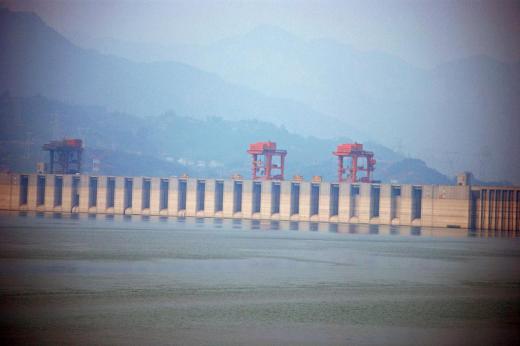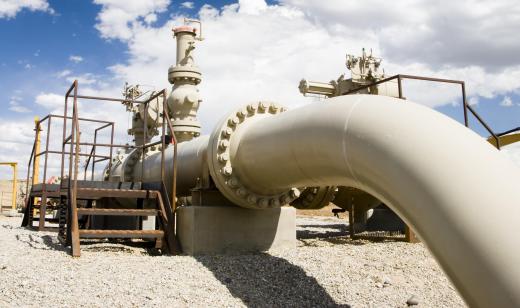Discharge valves are devices that make it possible to monitor and control the flow of a substance from a source and through some type of circulation system. The idea behind the discharge valve is that it provides the ability to adjust that flow in order to respond to situations that require a change in the volume or speed of that flow. A discharge control valve is included in a number of different systems that process liquids and gases, and may even be utilized as a safety measure in some electrical systems.
A basic discharge valve serves to regulate the flow of a substance, making it possible to increase or decrease that flow so that the desired outcome is achieved. For example, this type of valve may be included in the design of a dam, making it possible to control the flow of water so that the water pressure within the dam is maintained within a safe limit. Doing so helps to preserve the integrity of the dam, since water is periodically released through the discharge relief valve, and allowed to flow into nearby bodies of water. Not only does the valve protect the dam, it also helps to ensure that water levels within those bodies of water are maintained at respectable levels.

The same general approach is used in systems that convey natural gas through a utility system. At various junctions in the pipeline that is used to deliver the natural gas to consumers, discharge valves are strategically placed as safety devices. In the event that there is some type of breach or failure at any point in the system, the valves are closed while repairs are made. This prevents an excessive amount of gas building up at any point in the system and increasing the chances of additional failures.

The discharge valve is also used in manufacturing settings, often as a means of routing air or water through machinery used to produce goods. With the aid of valves that are incorporated along the system, it is possible to control the flow of air so that the machinery is able to function at optimum efficiency. Most fire extinguishing systems within buildings make use of the valves to control the flow of water in the event that a fire does break out. Sensors trigger the valves to open, releasing water into the area, then trigger the valves to close once the temperature within the space decreases as the flames are subdued.

Depending on the type of application, a discharge valve may be manually operated or triggered by sensors or some type of computer equipment. It is not unusual today for a hybrid design to be used, allowing for both manual and automated opening and closing of the valve in response to some type of computer program. As with most types of equipment, a discharge valve must be inspected and maintained in order for the device to remain fully functional and efficient over a number of years.

